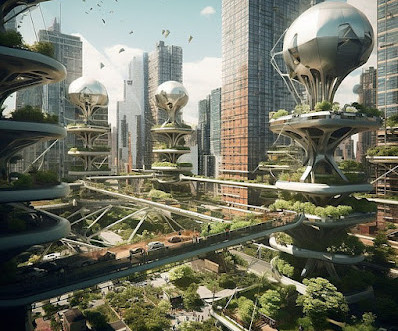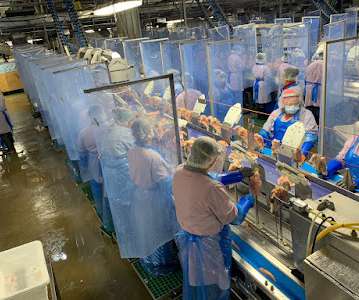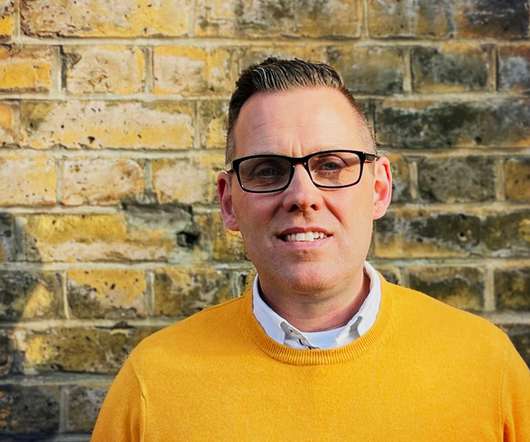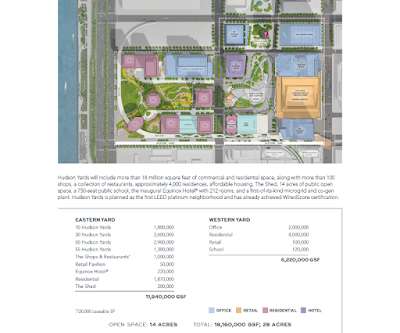From Cubicles to Community: The Future City. (Part 2)
Community Architect
OCTOBER 20, 2023
The US is estimated to need about 3.8 For example, transportation: Self driving electric cars could mean lots of added pedestrian safety, much less space devoted to parking and generally shared car usage. Transport technology could diminish instead of increase the quality of urban life.












Let's personalize your content